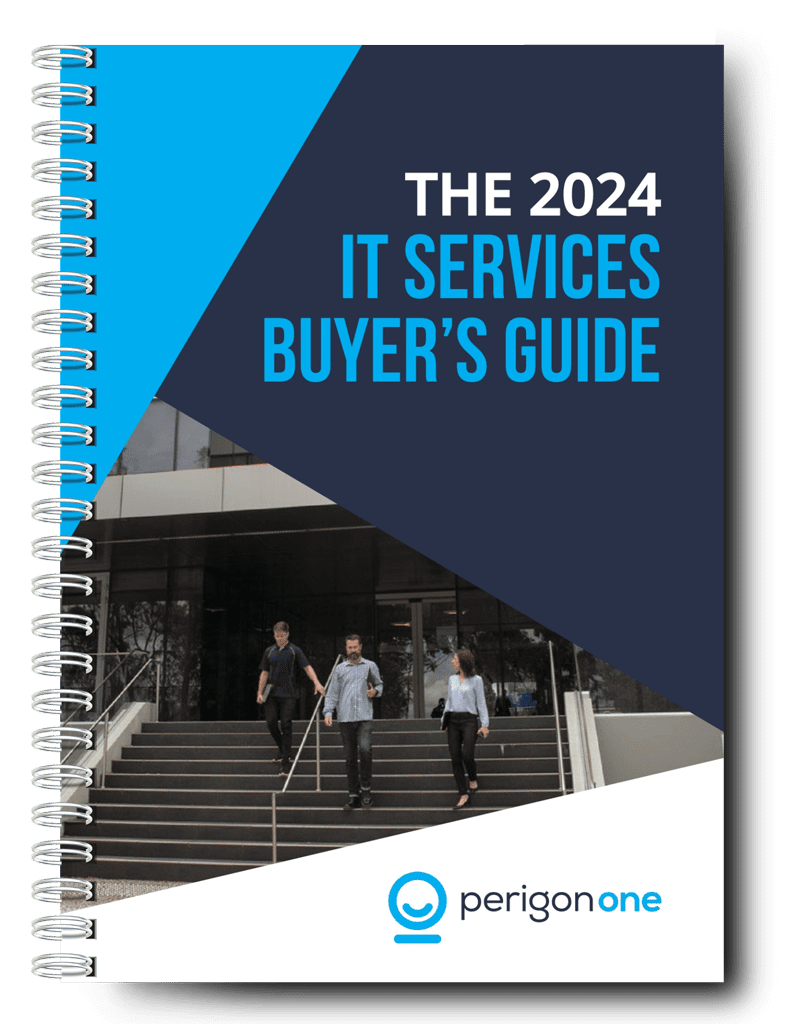Smart businesses hand off cloud implementation to their trusted IT partner. But that doesn’t mean they don’t need to plan for a successful implementation as part of their cloud migration strategy.
Migrating to the cloud may sound like a simple process. And the truth is, it really can be. But the most straightforward migrations typically happen when businesses take the time to plan out a detailed strategy beforehand. And that’s exactly what we’re here to help you achieve.
If you’ve been going through this process with us, you should already have planned out your migration approach, and thought a little bit about your overall goals. Once you’ve ticked off these two boxes, the next logical step in the process is to consider how you’re going to make it happen.
Now, don’t panic!
By saying ‘how you’re going to make it happen’, we don’t necessarily mean ‘you’. Like most businesses, you’re probably going to be using the project IT services offered by your trusted IT partner – like us here at Perigon One – to handle the actual process and the physical migration. But you’re still going to need to have a plan in place for how you want the migration to progress.
Ultimately, you’re likely to end up choosing between one of two options: shifting everything to the cloud all at once, or moving individual bits, piece by piece. What’s best? Well, it’s tricky. It’s not a particularly easy question to answer because both options have their own unique pros and cons.
Shifting all at once
Moving to the cloud in one fell swoop means that you lift everything from your on-premises servers at the same time, and shift it all over to your new cloud provider – or providers – all at once.
Pros:
- It’s super speedy, and will have you operating in the cloud in pretty much no time at all
- You’re ‘getting the job done’, and have lots to show in just a short space of time
- You’ll be able to meet your migration goals far more efficiently
- For employees, it’s like ripping off a bandage: it encourages them to get used to a new system
Cons:
- If something goes wrong, you won’t know until you’ve already moved everything over
- There’s an increased risk of a stalled migration, which can undermine the cloud’s value
- Employees may feel ‘thrown in at the deep end’, unfamiliar with a new way of working
- It can be a lot to manage in a short space of time, keeping you from your core business
Moving little by little
Moving to the cloud piece by piece means migrating some elements first, testing them, and then moving some more. And so on and so on. It’s slower, but can sometimes be the best option.
Pros:
- You can test things out on a small subset of operations, before moving everything
- It may reduce the risk of downtime, should something go wrong along the way
- It’s less upheaval for your team, helping to ease them into the new way of working
- There’s less to manage all at once, so less disruption for you and your employees
Cons:
- You’ll need to be confident working between two different systems for a period of time
- It takes a little longer to see the results and understand if you’re meeting your goals
- You’ll need to spend some additional time prioritising what gets migrated first
- While severity of disruption is minimised, length of disruption is increased
So… what will it be?
There are lots of factors to take into consideration when making a decision. For example, are you trying to impress a potential new customer? Or do you need to quickly replace old servers due to lack of compliance? Then moving all at once may be the better option. Do you want to reduce your risk, and support your staff as much as you possibly can? Then working at a slower pace might be the best choice for your business.
We can’t make the decision for you. But what we can do is discuss your options, work with you, share our expertise, and support you as you plan your cloud implementation in the very best way. Get in touch with our team here at Perigon One to find out more about how we can help.


